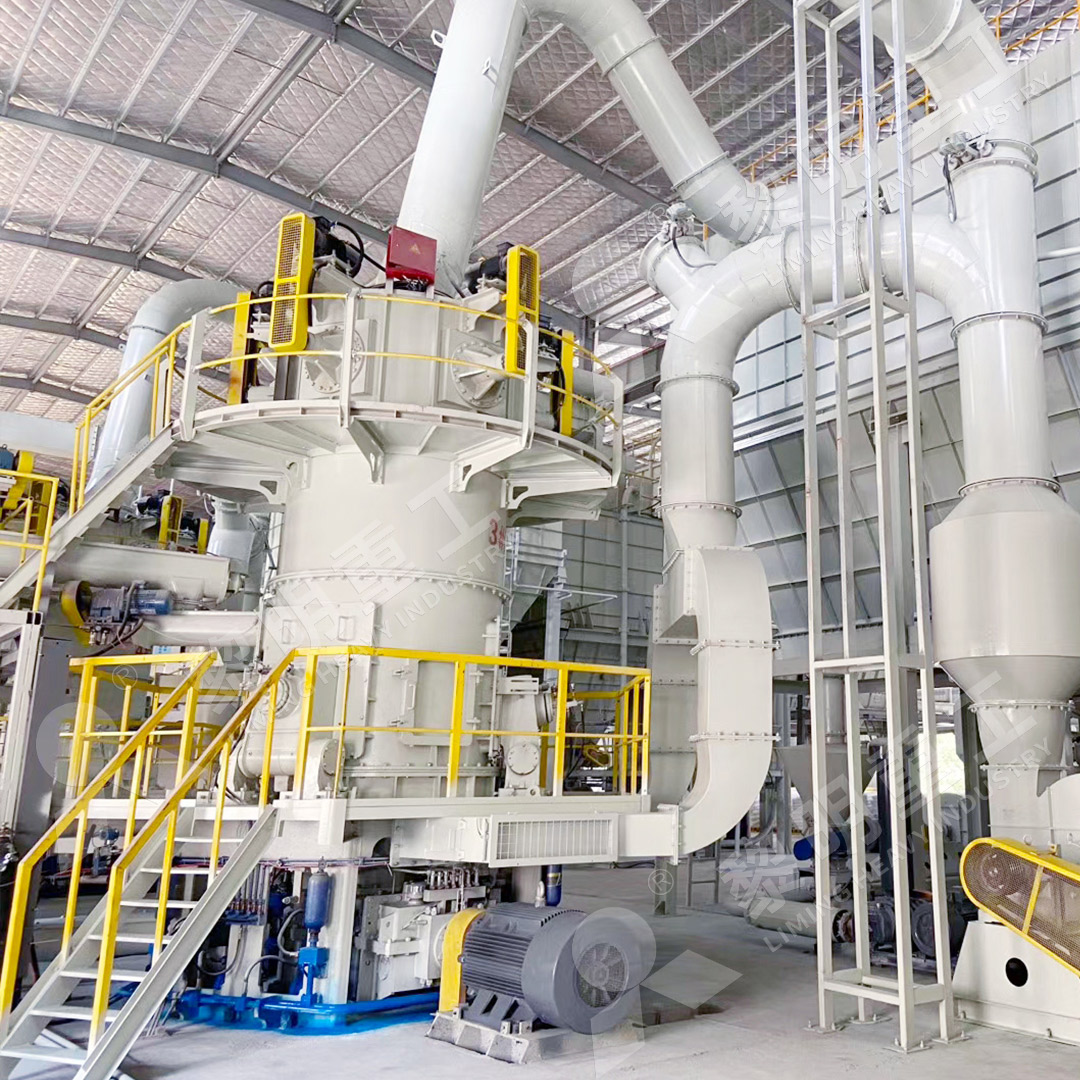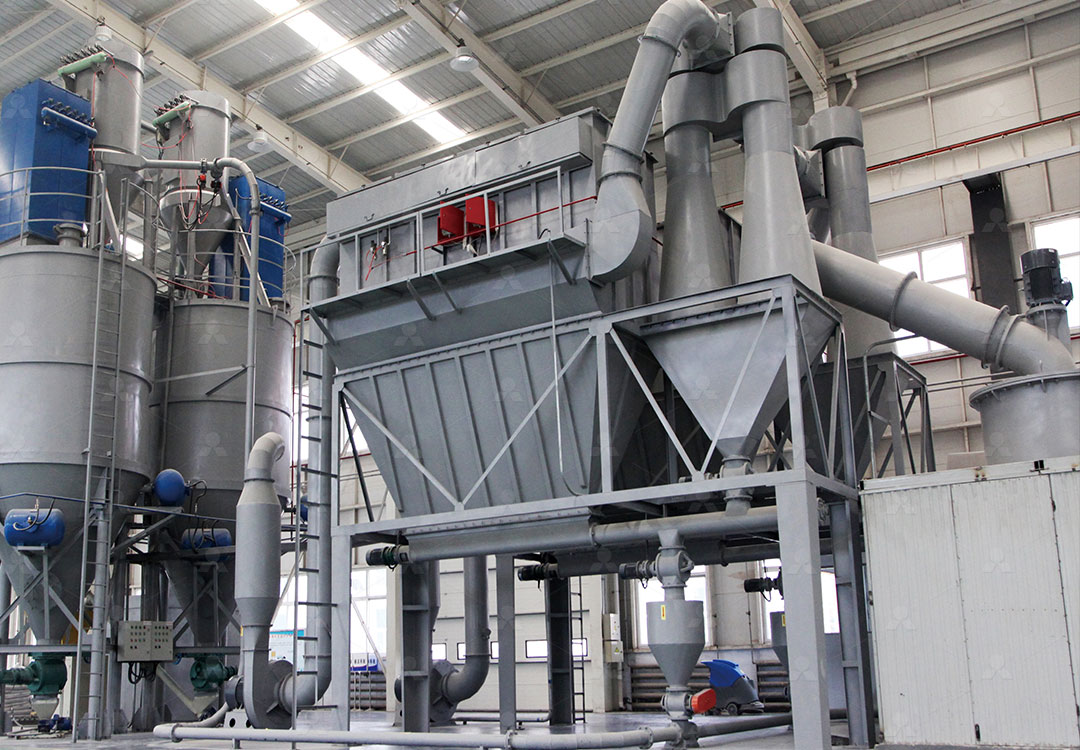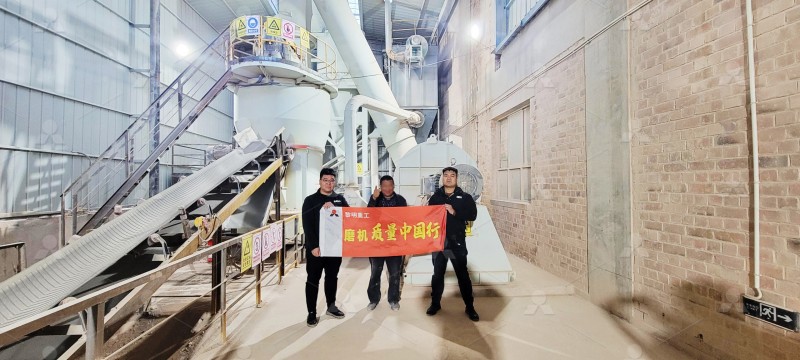LM3216 Pendulum Mill Price Guide and Cost Analysis
Understanding the LM3216 Pendulum Mill: A Comprehensive Cost Analysis
When considering industrial grinding equipment, the LM3216 Pendulum Mill stands as a significant investment for many operations. As someone who’s worked with various milling systems over the years, I’ve found that understanding the true cost of ownership goes far beyond the initial price tag. Let’s break down what really matters when evaluating this equipment.
The pendulum mill design has evolved considerably since its inception, with the LM3216 representing modern engineering improvements. What many procurement managers don’t realize is that approximately 60% of your total cost of ownership comes from operational expenses – energy consumption, maintenance, and replacement parts. The initial equipment price might represent only 15-20% of what you’ll actually spend over a 5-year period.

Key Factors Influencing LM3216 Pricing
From my experience working with multiple suppliers, the price range for an LM3216 can vary significantly based on several factors. The motor configuration, materials of construction, and control system sophistication can create price differences of 30-40% between basic and fully-equipped models. Customizations for specific materials or production requirements will also impact your final cost.
Another consideration that’s often overlooked is the installation and commissioning expense. Proper foundation work, electrical connections, and dust collection integration can add 15-25% to your project budget. I’ve seen operations save substantially by planning these aspects during the procurement phase rather than as afterthoughts.
Modern Alternatives: When to Consider Different Technology
While pendulum mills serve many applications effectively, there are situations where newer grinding technologies might offer better long-term value. For operations requiring ultra-fine powders between 325-2500 meshes, the MW Ultrafine Grinding Mill presents an interesting alternative. With an input size of 0-20 mm and capacity ranging from 0.5-25 tph, this equipment achieves production capacity 40% higher than jet grinding mills while reducing system energy consumption to just 30% of comparable systems.
The MW series particularly shines when processing materials like limestone, calcite, dolomite, and various chemicals where ultra-fine specifications are critical. Its innovative design eliminates rolling bearings and screws in the grinding chamber, addressing common failure points that drive maintenance costs in traditional mills.

Operational Cost Considerations
Your ongoing expenses will be dominated by power consumption, wear parts replacement, and labor. The LM3216 typically operates in the 75-150 kW range depending on configuration and material hardness. At average industrial electricity rates, this translates to significant operational costs that can exceed the equipment price within 2-3 years of continuous operation.
Wear parts represent another substantial cost component. Grinding rolls, rings, and blades will require replacement based on material abrasiveness. I recommend maintaining a strategic inventory of critical wear parts to minimize downtime, which often costs far more than the parts themselves.
Making the Right Investment Decision
Before committing to any grinding equipment, conduct thorough material testing with your specific feedstock. The performance characteristics can vary dramatically between different materials, even with similar hardness ratings. Many reputable suppliers offer testing services that can provide valuable data for your decision-making process.
Also consider the resale value and technology lifecycle. While pendulum mills have proven longevity, newer designs like the LUM Ultrafine Vertical Grinding Mill offer advanced features including PLC control systems and multi-head powder separating technology that can reduce energy consumption by 30-50%. With its 5-18 tph capacity and 0-10 mm input size capability, it represents the next evolution in grinding efficiency.

Frequently Asked Questions
What is the typical price range for an LM3216 Pendulum Mill?
Pricing varies significantly based on configuration, but expect to invest between $150,000 to $300,000 for a complete system, excluding installation and ancillary equipment.
How does the LM3216 compare to newer grinding technologies?
While reliable for many applications, newer designs like the MW Ultrafine Grinding Mill offer 40% higher production capacity with 70% less energy consumption for ultra-fine applications.
What are the most significant operational costs?
Power consumption (40-50% of operational cost), wear parts replacement (25-35%), and maintenance labor (15-20%) typically dominate ongoing expenses.
How long does installation and commissioning typically take?
Allow 4-8 weeks for proper installation, foundation work, and system optimization, depending on your site conditions and existing infrastructure.
What materials work best with the LM3216 design?
The LM3216 performs well with medium-hardness materials like limestone, gypsum, and barite, though newer alternatives may better suit ultra-fine or high-volume requirements.
